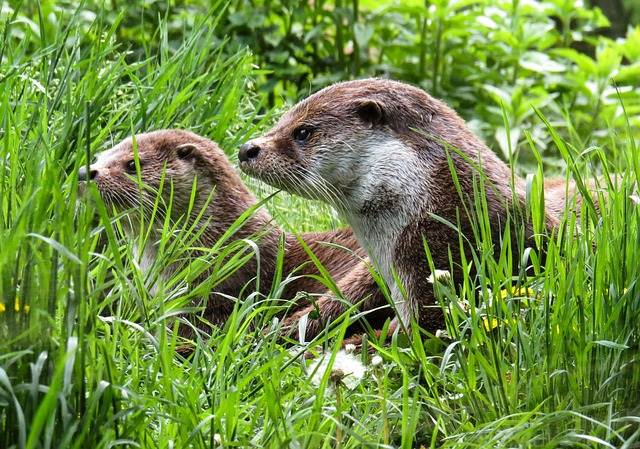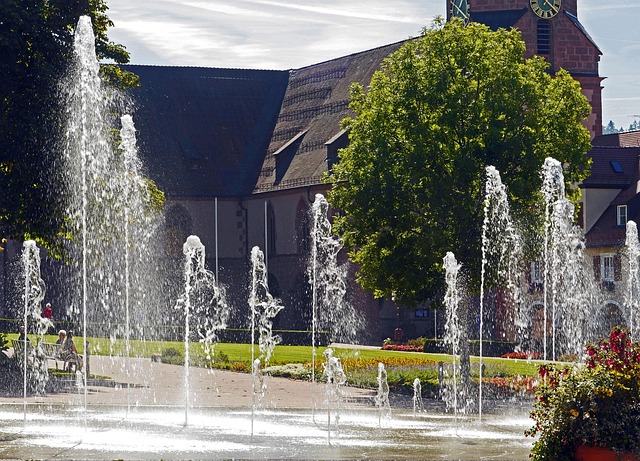5 Eco-Friendly Park Maintenance Strategies to Preserve Habitat
In today’s world, where urban expansion often encroaches on natural lands, the preservation of habitats is more crucial than ever. Parks serve as vital green spaces that not only provide recreation for communities but also support biodiversity and promote environmental health. Implementing eco-friendly park maintenance strategies is key to ensuring these natural environments thrive. Here are five approaches that embrace the beauty of nature while safeguarding our ecological treasures.
1. Native Plant Gardening
One of the most effective park maintenance strategies is the use of native plants in landscaping. Native flora is well adapted to local climates and soil conditions, making them easier to maintain and less reliant on water and fertilizers. By planting species native to the area, parks can support local wildlife, including pollinators like bees and butterflies, while also reducing the need for pesticides and synthetic chemicals.
2. Organic Mulching
Applying organic mulch in garden beds not only enhances the aesthetic appeal of park landscapes but also provides numerous ecological benefits. Organic mulch helps retain moisture in the soil, suppresses weeds, and gradually decomposes to enrich the soil with nutrients. This eco-friendly approach minimizes the need for chemical fertilizers, fostering a healthier environment for plants and animals alike.
3. Rain Gardens for Stormwater Management
Implementing rain gardens is another innovative method that can enhance park maintenance strategies. These bioretention areas are designed to manage stormwater runoff effectively. By establishing a rain garden, parks can filter pollutants from rainwater while providing habitat for local flora and fauna. This strategy not only protects water quality but also ensures that plants within the garden flourish in the natural hydrological cycle.
4. Eco-Friendly Pest Management
Traditionally, pest control in parks often relied on harmful chemicals that could inadvertently affect non-target species and the broader ecosystem. Adopting integrated pest management (IPM) techniques allows for a more sustainable approach. IPM focuses on monitoring pest populations and utilizing natural predators or organic solutions when necessary, thereby preserving the ecological balance while keeping our parks beautiful and safe.
5. Community Involvement and Education
Engaging the community in park maintenance is an invaluable method to preserve habitats. Volunteer days for planting, weeding, or maintaining trails not only enhance the park’s health but also foster a sense of stewardship among local residents. Educational programs can teach visitors about the importance of native species, eco-friendly practices, and ways to contribute to preserving natural habitats. When communities come together, their collective efforts can lead to thriving parks that nourish both nature and human connection.
Incorporating these eco-friendly park maintenance strategies is essential for sustaining the habitats that enrich our lives and the environments we cherish. By supporting greenery and promoting awareness, we can ensure that our parks remain lush, vibrant, and teeming with life for generations to come.




